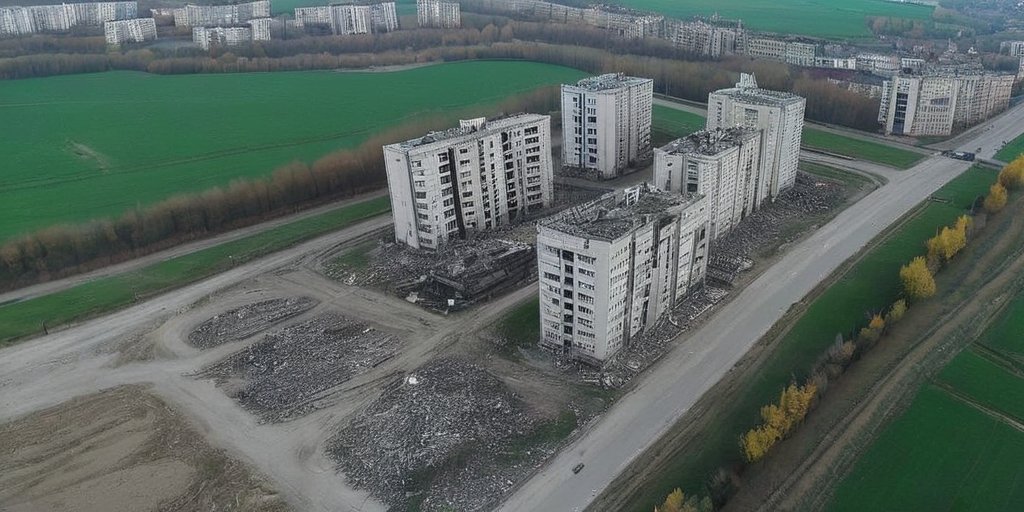In a significant development following a recent dialogue between US President Donald Trump and Russian President Vladimir Putin, both Russia and Ukraine have undertaken air strikes targeting each other’s critical infrastructure. This military activity notably escalated just hours after Putin indicated during his call with Trump that Russia would cease its attacks on Ukraine’s energy facilities. Despite this statement, Ukrainian President Volodymyr Zelensky asserted that Russia’s actions proved otherwise, as strikes on civilian infrastructure—including hospitals—continued unabated.
President Zelensky expressed grave concerns about the attacks, which he asserted involved more than 40 Russian drones targeting Ukraine shortly after Putin’s assurances. He emphasized, “It is these types of night-time attacks by Russia that destroy our energy sector, our infrastructure, and the normal life of Ukrainians. Today, Putin effectively rejected the proposal for a full ceasefire.”
In the wake of these events, the Russian defense ministry claimed to have intercepted and destroyed 57 Ukrainian drones overnight, with approximately 35 of those being intercepted over the Kursk border region. This coincides with reports of damage from Ukrainian drone attacks leading to small fires at locations such as oil depots in Russia’s southern Krasnodar region. The governor of Belgorod, a Russian region bordering Ukraine, described the situation as “difficult” amid claims of a foiled Ukrainian ground assault.
The implications of Trump and Putin’s communications are profound as it relates to military strategy and potential peace negotiations. Trump’s involvement emphasizes the ongoing international dimensions of this conflict, as allies of Ukraine firmly rejected Putin’s conditions for a ceasefire, which he linked to halting military assistance from Ukraine’s Western partners.
This situation raises critical questions about the future of ceasefire negotiations, the dynamics of international support for Ukraine, and the strategic calculations of both Russia and Ukraine as they navigate this conflict amidst political pressures and military engagements.
